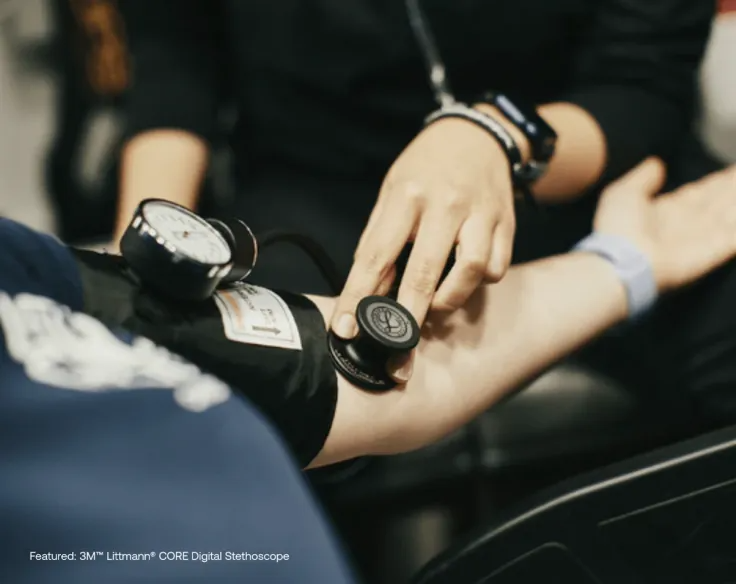stethoscope supplier
Focus on Premium Stethoscope Customization
( Parts or Whole Set )


( PHOTO:Eko )
Sound is an important factor in using a stethoscope. With a digital stethoscope, sounds sound clearer as it overcomes the low sound levels and electronically amplifies the sounds of the body.
A digital stethoscope converts acoustic sound waves obtained through the chest piece into electronic signals. The converted electrical signals can also be digitalized through a laptop or computer for further processing and transmission in real-time.
A digital stethoscope has various transducers. The stethoscope diaphragm acquires sound detection, then sends it to the microphone inside the chest piece. It then converts acoustic sounds to electronic signals.
The capacitive transducers, on the other hand, reduce noise for optimal listening. They can block surrounding noise to make it easier to listen to body sounds without any distractions, resulting in a more accurate diagnosis.
Most digital stethoscopes allow users to record and replay body sounds, as well. This can be shared with patients if needed and saved to the patient's medical records for future reference. This feature is especially useful for telehealth or online consultations.
Another common feature of digital stethoscopes is the visual display, in which medical professionals can see what they are listening to while assessing their patients. It offers more detailed information on what might have been missed through the headphones.